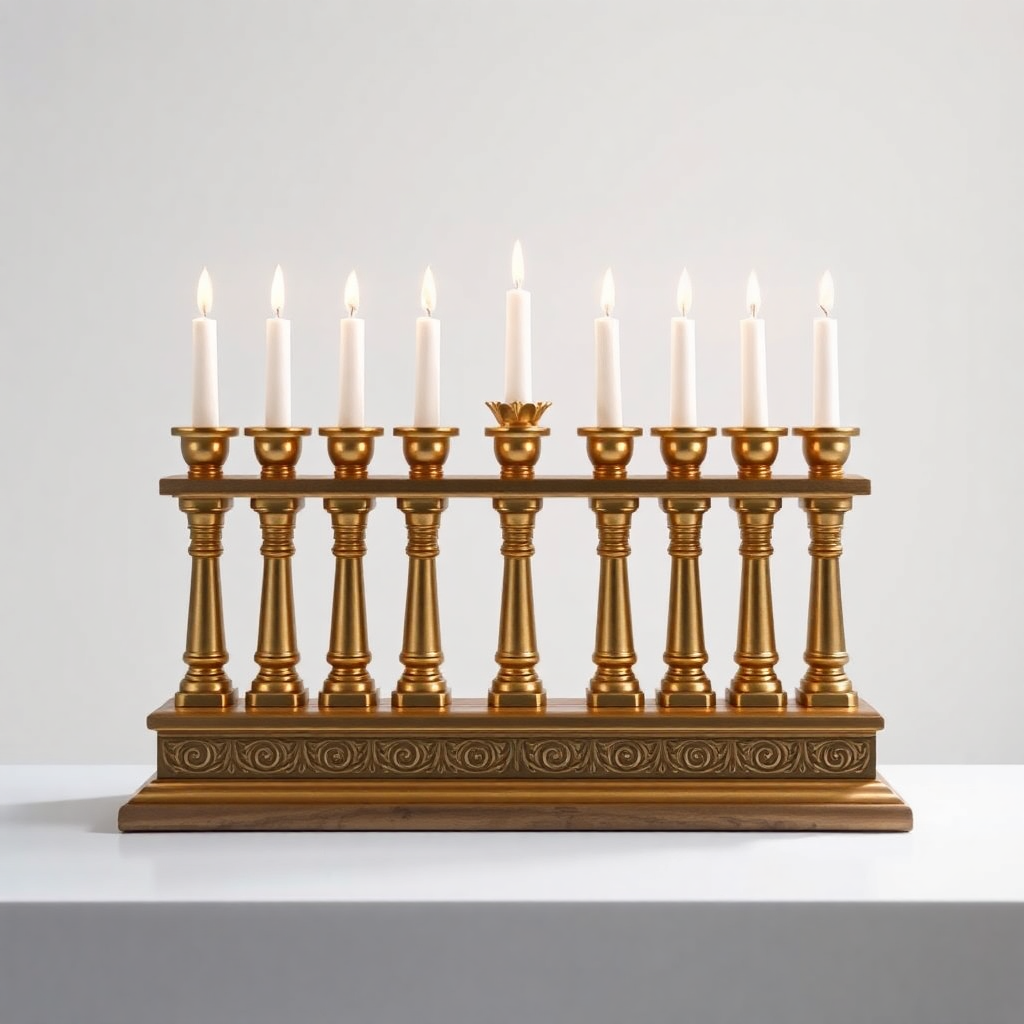Celebrating Hanukkah: The Festival of Lights
One of the most recognized customs during Hanukkah is the lighting of the menorah, which holds nine candles—eight for the eight days of the miracle and a ninth, called the shamash, used to light the others.
Hanukkah, also known as the Festival of Lights, is an important Jewish holiday that celebrates the rededication of the Second Temple in Jerusalem during the second century BCE. It commemorates the victory of the Maccabees over the Seleucid Empire, a triumph that is seen as a symbol of faith and resilience. This eight-day festival typically falls in late November to December, coinciding with the Hebrew month of Kislev. The holiday is rich in tradition, history, and meaning, offering a fabulous opportunity for families and communities to come together in celebration and reflection.
The Historical Significance of Hanukkah
The origins of Hanukkah trace back to the Maccabean Revolt against King Antiochus IV, who had enforced Hellenistic practices and attempted to suppress Jewish religious observance. The revolt, spearheaded by Judah Maccabee and his brothers, was fueled by a fierce desire for religious freedom and national identity. The Maccabees succeeded against overwhelming odds, reclaiming the Temple in Jerusalem and seeking to restore its sanctity. Central to the story is the miracle of the oil: although there was only enough pure oil to keep the Temple's menorah lit for one day, it miraculously burned for eight days. This event is why Hanukkah is celebrated for eight nights and is characterized by the lighting of the menorah.

Hanukkah Traditions and Customs
One of the most recognized customs during Hanukkah is the lighting of the menorah, which holds nine candles—eight for the eight days of the miracle and a ninth, called the shamash, used to light the others. Each night, an additional candle is lit, starting from the right and moving to the left. Families often gather around the menorah, reciting prayers and songs, creating a warm and festive atmosphere that highlights the joy of the holiday.
Another beloved tradition during Hanukkah is playing the dreidel, a four-sided spinning top often inscribed with Hebrew letters – nun, gimel, hei, and shin – which stand for "Nes Gadol Hayah Sham," meaning "A great miracle happened there." The game, originally played as a form of entertainment during the Maccabean revolt, involves the dreidel, chocolate gelt (coins), and a little luck, igniting excitement among children and adults alike.
Food plays an essential role in Hanukkah celebrations, with traditional dishes emphasizing fried and dairy foods. The most popular foods are latkes, a type of potato pancake fried in oil, and sufganiyot, jelly-filled doughnuts. These foods symbolize the miracle of the oil and offer families a chance to connect with their heritage through shared meals.
The Spirit of Giving
Hanukkah is also a time for giving and acts of kindness. Many families opt to perform charitable acts or donate during the holiday season. This tradition stresses the importance of supporting those in need, reflecting the teachings of Judaism about compassion and community. Whether it's volunteering time, providing gifts to those less fortunate, or simply extending kindness, the spirit of giving is an integral part of the holiday that enhances the joy and camaraderie surrounding Hanukkah.
The Cultural Impact of Hanukkah
Over the years, Hanukkah has grown in prominence not only in Jewish culture but also in broader societal contexts. The holiday's themes of perseverance and hope resonate deeply, especially during difficult times, making it relatable to many beyond the Jewish community. With the increasing visibility of Hanukkah in popular culture—ranging from books and movies to music—it has become important for people, including those outside of Judaism, to acknowledge and appreciate the significance of this festival.
Various community events and gatherings are hosted by Jewish organizations, where families and friends celebrate together, often featuring music, dancing, and traditional foods. These festive activities not only provide an opportunity for community bonding but also foster a deeper understanding and appreciation of Jewish traditions among diverse populations.
Reflecting on Hanukkah Today
As we celebrate Hanukkah today, it is essential to reflect on the themes it embodies—faith, resilience, and the miracle of light. In a world that often feels overshadowed by discord or hardship, the joyous spirit of Hanukkah encourages individuals to embrace positivity and cherish their bonds with family and friends. The tradition of lighting the menorah serves as a powerful reminder of hope, even in the darkest of times.
In conclusion, Hanukkah is much more than just a celebration; it embodies the triumph of light over darkness, faith over doubt, and freedom over oppression. By participating in its cherished customs and traditions, we keep the spirit of the Maccabees alive, reminding ourselves and future generations of the significance of standing strong in one’s beliefs while fostering a sense of community and goodwill during this beautiful Festival of Lights.